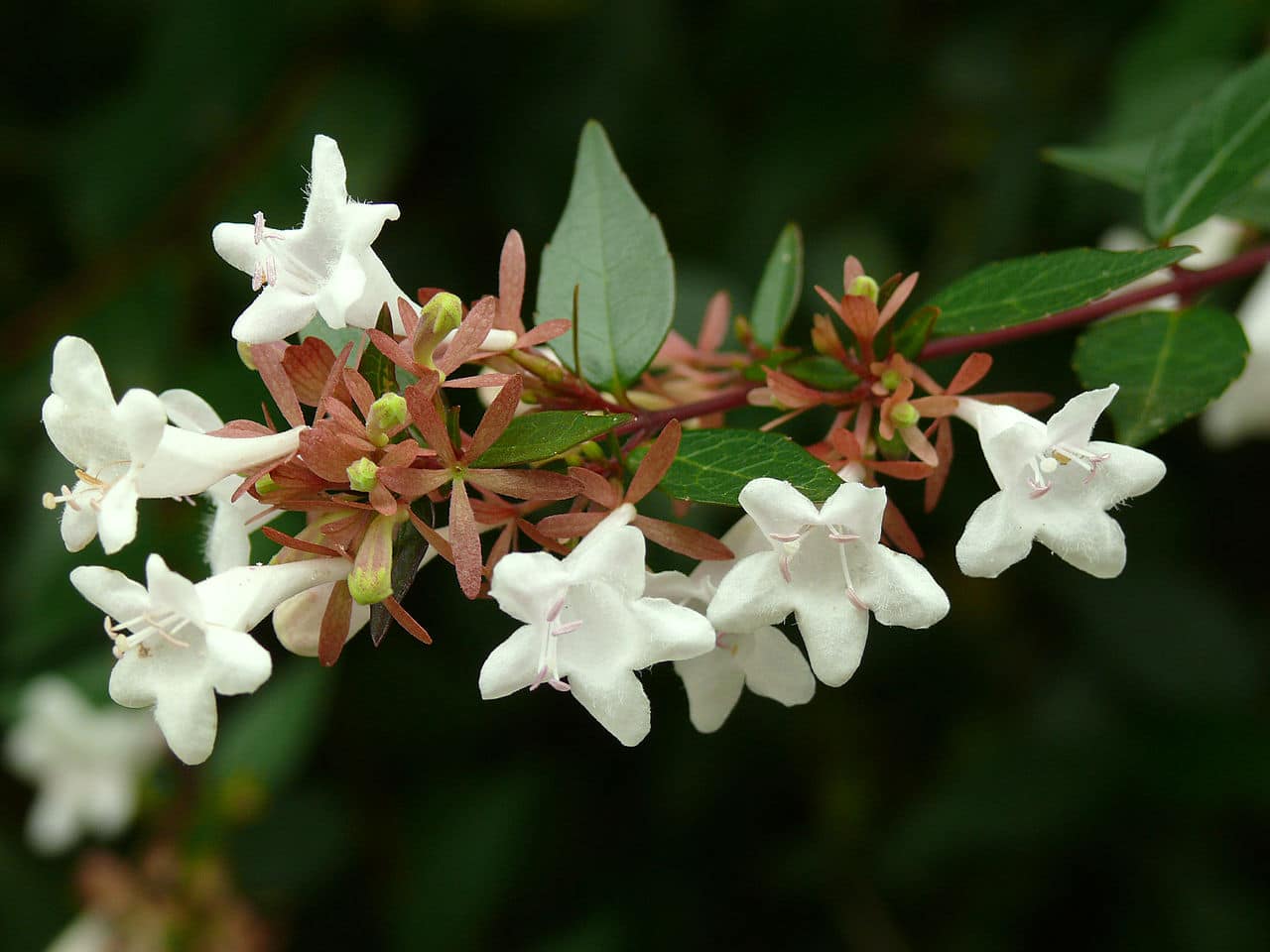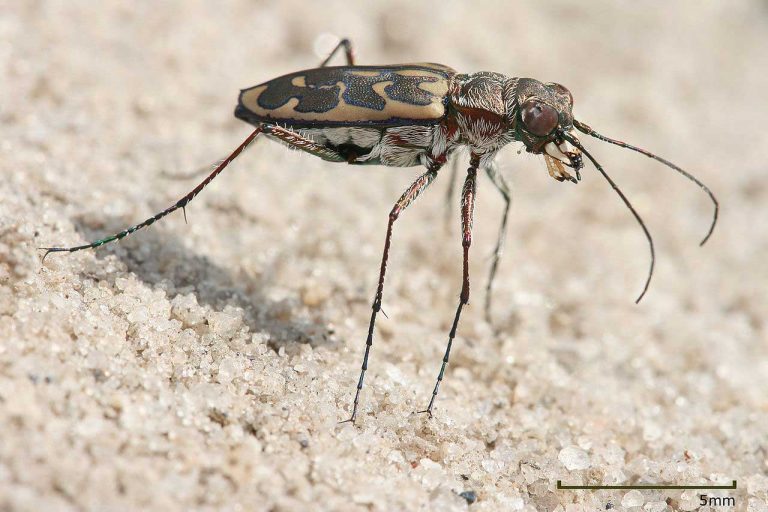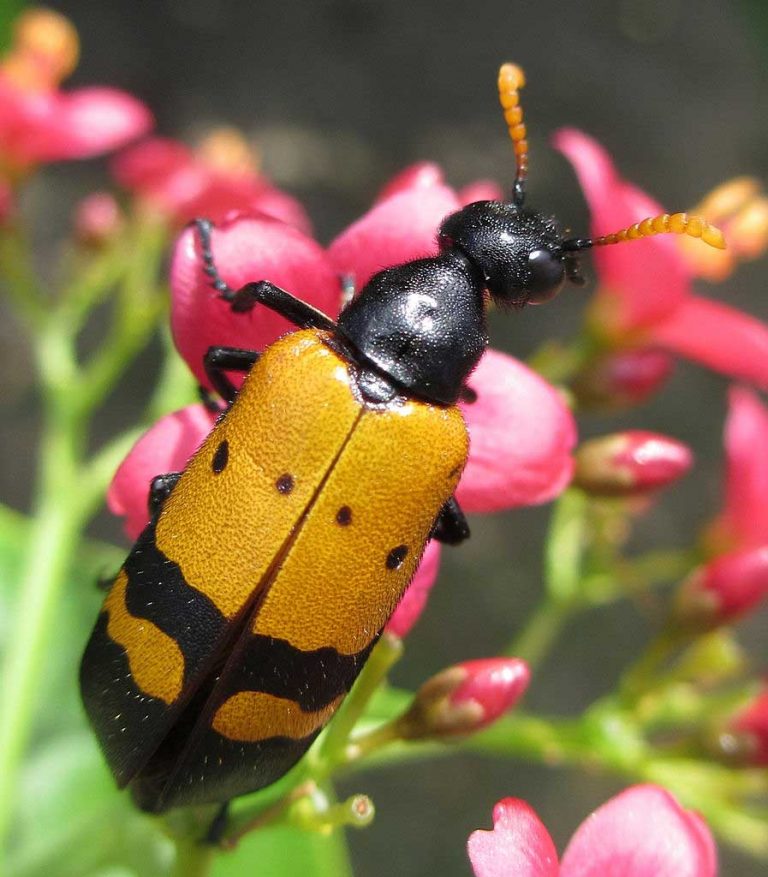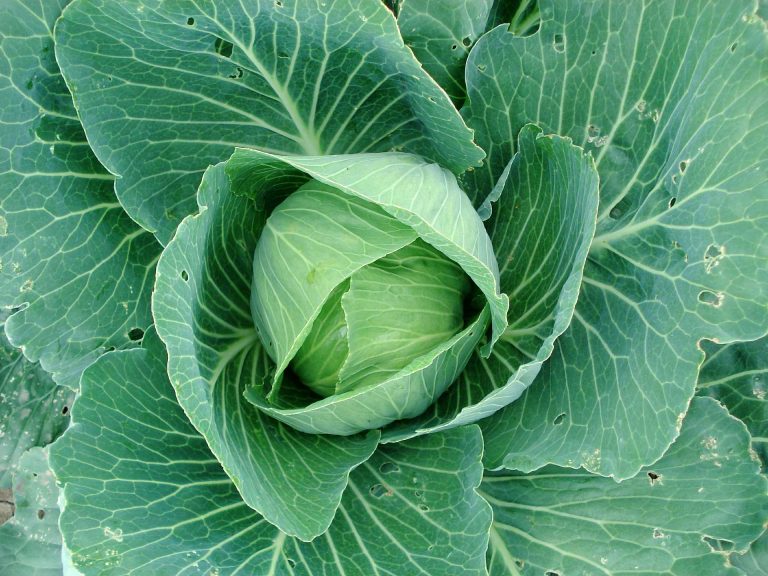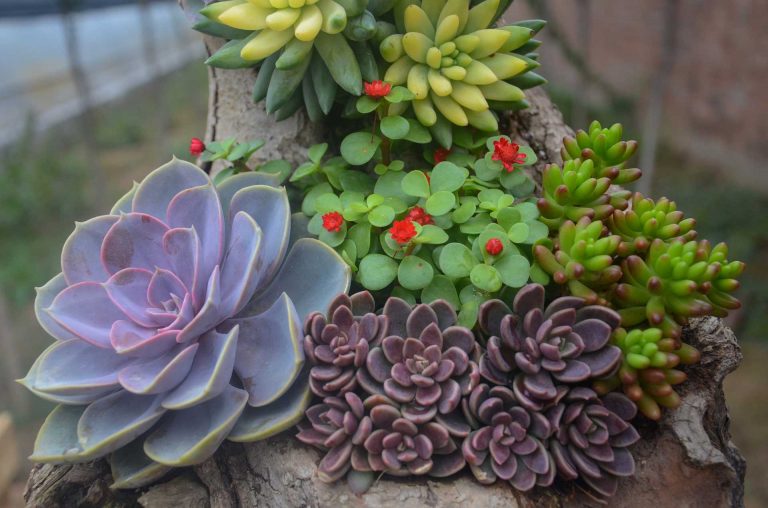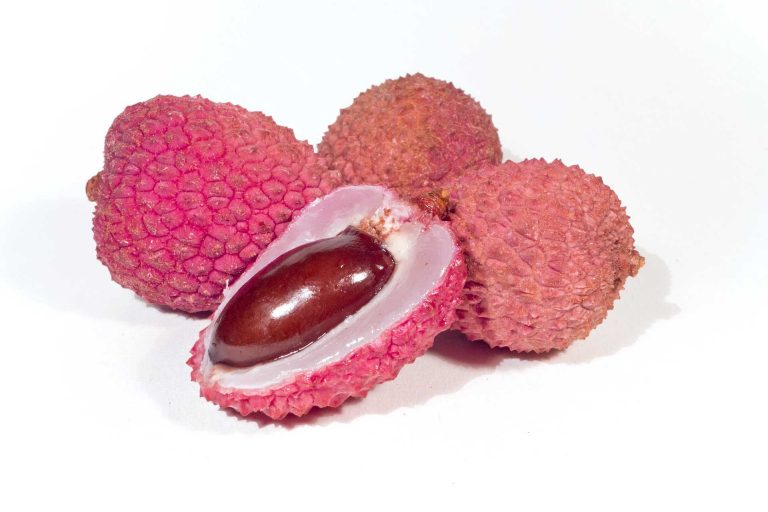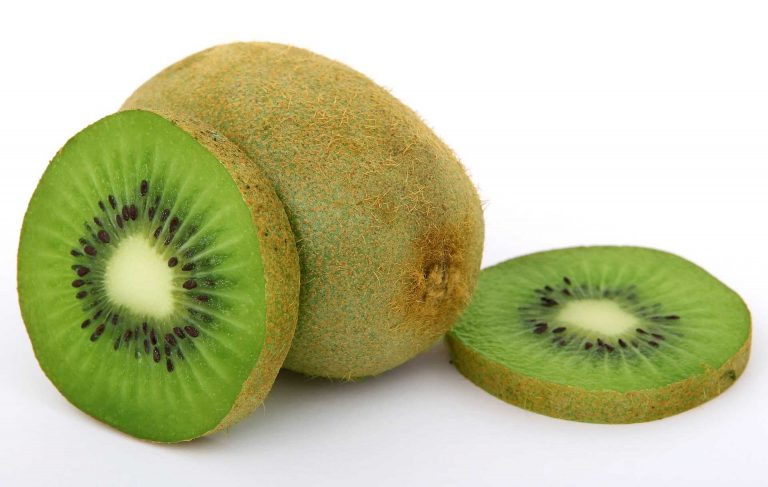Abelia Grandiflora – With Fragrant Flower Clusters That Last for Months
Scientific Classification
| Kingdom: | Plantae |
| (unranked): | Angiosperms |
| (unranked): | Eudicots |
| (unranked): | Asterids |
| Order: | Dipsacales |
| Family: | Caprifoliaceae |
| Genus: | Abelia |
| Species: | A. floribunda |
| Binomial name: | Abelia floribunda |
Abelia grandiflora otherwise called glossy Abelia, is from the honeysuckle (Caprifoliaceae) family. Garden lovers enjoy this hybrid shrub with their elegant outward appearance, glossy green leaves and fragrance of the flower clusters that last for months. The Abelia flowers bloom in the months of June to August and have long tube-shaped flowers covering the plant. The leaves have saw-shaped edges. They grow along the coastal regions of California or in calm locations.
Anatomy
Abelia grandiflora is a multiple round patterned flower and its stems spread out. In the cold regions they grow to a height of 2 to 4 feet and in the southern regions up to 6 feet. In severe cold, some plants die on the ground, but they recover and bloom, but do not grow to more than 18” height. From May down in September you see these Glossy Abelia’s flowers, whitish-pink in color, in the form of clusters, opening right up through their stems. These flowers that attract butterflies by their lovely scented aromas show off amidst the shrub’s oval, dark green glossy leaves. In the fall, the leaves get toned to bronze-yellow.
How to cultivate domestically
Planting
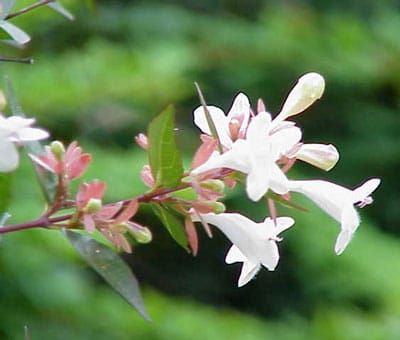
Photo by: Kurt Stüber
Weeks after you plant the Abelia roots indoors, you will see new growth. If you tug on the cutting and experience struggle, it is a sign of root growth. Open the lid of the plastic bag and gradually let your fresh glossy Abelia plants get familiar with the new surroundings. Gradually cut humidity, increase direct light and even reduce temperature. This process is called “hardening off” and prevents the plants from sudden shock when suddenly exposed to the outdoors.
Make a hole double the size of the root ball and enough depth to plant your Abelia as it was in the container. In case the soil in the hole is of poor quality, then make the hole wider and pack with a mixture of half compost and half the original soil alternately.
Remove the shrubs with care from the container and gently segregate the roots. Place it centralized in the hole keeping the good side facing out. Pack in the amended mixture or original soil as and when needed as instructed above. Where the shrubs are larger, build a well of water. Complete the process with proper watering and mulching.
In balled and bur-lapped plants, take away the fastenings and fold up the upper part of the ordinary burlap, pressing it back in the hole, after placing the shrub in the correct position. Ensure that all the burlap is hidden so that in dry and hot seasons it will not draw out water from the roots. If the burlap is synthetic, take it away if possible, cut it away or slit it permitting roots to grow into the new soil.
Placement and Watering
To cut the stress in the plants and conserve the water, practice watering in the earlier part of the day or later part of noon. Always water your Abelia Grandiflora sufficiently in order that water does not dry up in the leaves before nightfall.
Flowering Season: Autumn, Summer
White funnel-shaped flowers, of length 2” start appearing in late spring. Aging changes the color to a tint of purple-pink. You can easily recognize these flowers by their characteristic 5 sepals. They are fragrant and showy.
After-Bloom Care
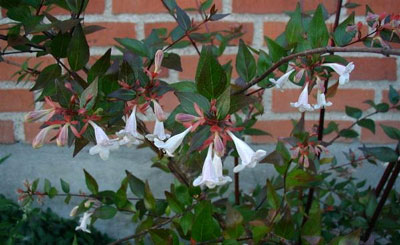
Photo by: Sten Porse
The safest time for Abelia grandiflora pruning is soon after flowering. Following this schedule prevents you from cutting away freshly formed buds. In the beginning, start to cut leaders and laterals from 1/3 to ½ while planting. In the following season, when flowering is over, cut back further by almost 1/3.
As Cut Flowers
These flowers are especially eye-catching with a specific fragrance and form excellent cut Flowers.

Having discovered a fondness for insects while pursuing her degree in Biology, Randi Jones was quite bugged to know that people usually dismissed these little creatures as “creepy-crawlies”.

